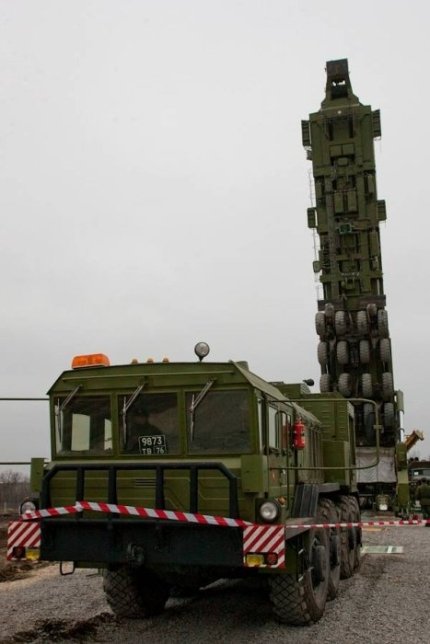The ISW team concluded that there is nothing new in the capabilities of the Russian Oreshnik missile. De facto, this means that its use will not cause further escalation against the background of the war.
Points of attention
- Putin is using Oreshnik as part of an information campaign to intimidate Ukraine and its allies.
- US intelligence claims that even the Oreshnik strike did not change their assessment of Putin's possible use of nuclear weapons.
Putin is lying about the capabilities of Oreshnik
American analysts draw attention to the fact that the efforts of the illegitimate head of the Kremlin, Vladimir Putin, to highlight the technical characteristics of the missile are part of a broader information campaign of the Russian Federation.
According to experts, the emphasis on the missile's range and payload, comparing its destructive capabilities with those of a meteor, aims to intimidate Ukraine and its allies and distract Kyiv from further strikes on the territory of the Russian Federation by Western systems.
Even Putin's threats to strike at the "decision-making centers" in Kyiv are hollow, because Russian troops already regularly strike civilian and critical infrastructure in Kyiv with the help of drones and missiles capable of carrying nuclear warheads, American analysts emphasize.
What is important to understand is that Ukrainian leader Volodymyr Zelensky summarized this fact on November 29 in response to Putin's statements at the CSTO Security Council meeting in Kazakhstan.
The head of state emphasized that "Putin wants to add thousands more to the thousands of missiles that have already been launched into Ukraine."

What does US intelligence say about Oreshnik
The Reuters news agency, citing five insiders close to US intelligence, recently reported that the Oreshnik strike on November 21 did not change US intelligence assessments.
First of all, it is said that Russian dictator Vladimir Putin is unlikely to use nuclear weapons in Ukraine.
What is important to understand is that Moscow will not be pushed to such a step even by strikes of the Defense Forces of Ukraine on Russian territory with Western weapons.
Thus, Putin's constant flaunting of Oreshnik and Russian missile potential remains part of the Kremlin's reflexive control information operation and is hardly a precursor to the development of the latest Russian means of delivering a deep strike, American analysts emphasize.





